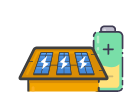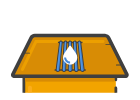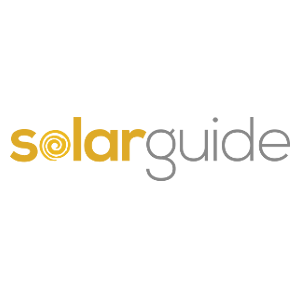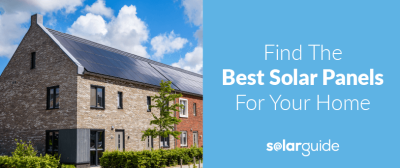Solar Power Explained
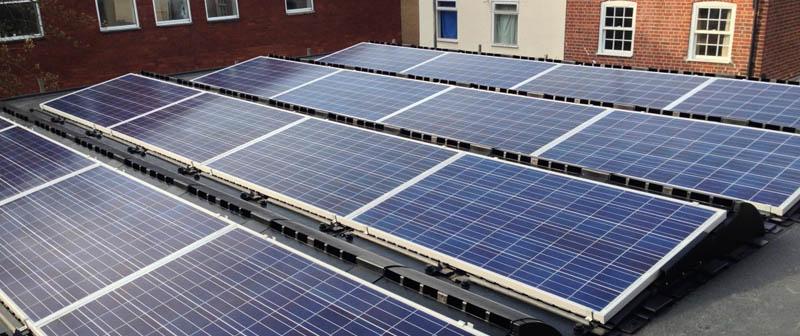
Installation by Alpha Eco Systems
Solar Power, in its simplest term, is the generation of electricity from sunlight. It is one of the highest regarded renewable energies and millions of pounds of research goes into developing solar power.
In the last few years we've seen large solar power plants emerge across Europe and America, but despite this solar energy only provided 0.2 per cent of total yearly global energy consumption in 2008.
Because solar radiation is intermittent, when solar power is installed into a home it is combined with storage or another energy source to provide constant power. And it's historically high installation prices that have deterred many people from opting for solar power in the past. But with the government desperate to lower the carbon footprint and encourage homeowners to choose renewable energy systems to their home, the cost isn't what it used to be.
Types of Solar Power
There are two different type of solar power: Direct solar power using photovoltaics and indirect CSP (Concentrating Solar Power) where the sun's energy is used to boil water which is then used to provide energy.
Solar photovoltaic systems work by converting light into electrical power. This is achieved using a thin layer of semi-conducting material, most commonly silicon, enclosed in a glass or plastic casing. These cells can range in size with small versions used on lights and calculators to a system of hundreds of square metres of panels linked up to make an array to power large buildings.
When exposed to sunlight the semi-conducting material causes electrons in the materials' atoms to be knocked loose. The electrons that are knocked loose then flow through the material to produce an electric current known as a direct current (DC). The direct current is carried through wiring to an inverter which converts the current to alternating current (AC) so it can be connected to your property's main electricity distribution board. This wiring, in most cases, can easily be fed through existing cable routes in your home.
Solar PV power generators are also available as a back-up to your current electricity source.
Concentrating solar power systems use lenses or mirrors to reflect and concentrate sunlight onto receivers that collect the solar energy and convert it into heat. A steam turbine or heat engine driving a generator then turns this thermal energy into useable electricity.
Solar Power on a Larger Scale
Commercial solar power plants (CSP) have become more widespread since early development in the 1980's. CSP systems including the SEGS project in the US and the 11MW PW10 power tower in Spain are just two examples with the latter, completed in 2005, being Europe's first commercial CSP system.
There are also photovoltaic power plants with the biggest emerging primarily in Spain and Germany in the last three years. The Olmedilla Photovoltaic Park in Spain is the largest in current existence.
Solar Power for the Home
You might not know it but the house you live in probably already uses solar power. A lot of homes use the sun to heat water pipes - thin water pipes are painted black and covered in an insulator to heat the water supply and therefore reduce the cost of having to use electricity to heat it.
And with solar power technology now reportedly 90 per cent cheaper than it was in the 1970's, solar is becoming a real cost-saving option for home owners. However, the UK is behind many other countries on the home-installation front - this is mainly due to the UK not receiving as much peak hour sunlight.
There are numerous certified installers across the country who can give you a quote on the cost of having solar power and solar water heating systems fitted.
Find local, MSC certified Solar Installers
Start your quote
Find local, MSC certified Solar Installers







